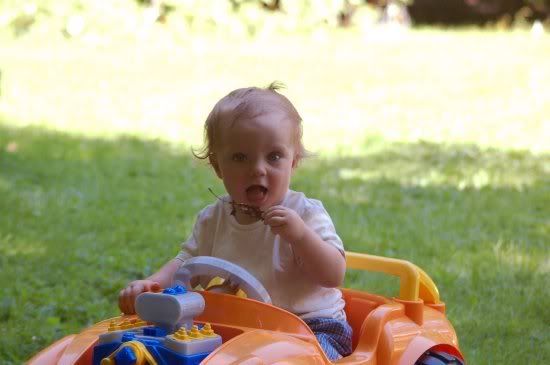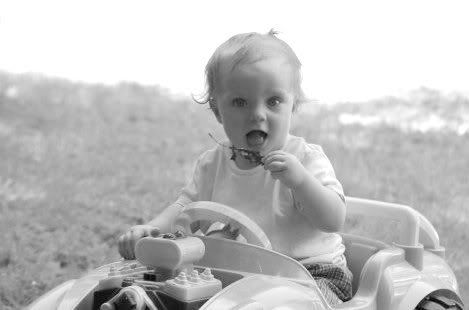Originally Posted By: moribundman
Originally Posted By: Shannow
But she did a what with a what ?
An engineer should know the basics of exposure.

I need some of the basics on getting the most out of my camera.
It's a Powershot A520.
And in the not too distant past I learned to set it to fast (running man), and focus on something about as close as the spider I wanted to photograph, then point at target and click.
We had a talented undergrad at work recently, who could take great close-ups, detailed shots, moving scenes etc. (My stills are often moving shots)
Now....how do I take photographs rather than pictures ?
Originally Posted By: Shannow
But she did a what with a what ?
An engineer should know the basics of exposure.

I need some of the basics on getting the most out of my camera.
It's a Powershot A520.
And in the not too distant past I learned to set it to fast (running man), and focus on something about as close as the spider I wanted to photograph, then point at target and click.
We had a talented undergrad at work recently, who could take great close-ups, detailed shots, moving scenes etc. (My stills are often moving shots)
Now....how do I take photographs rather than pictures ?



